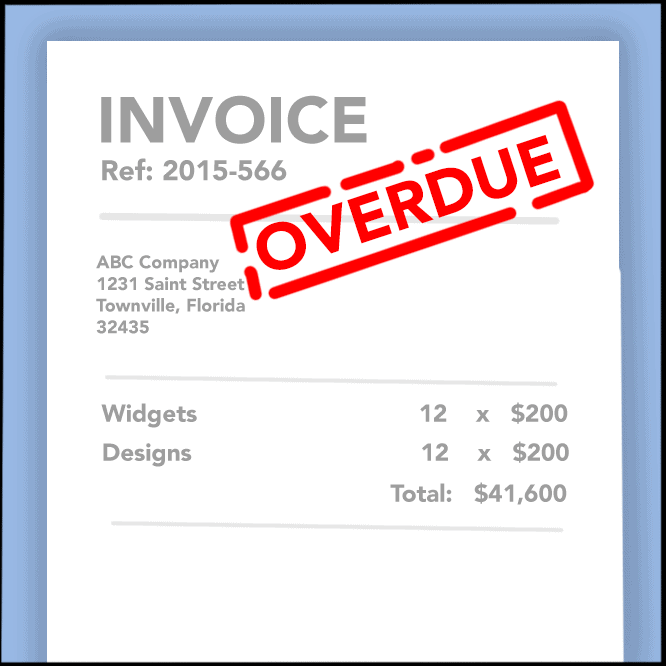©2011-2023 Less Accounting

Basically no one goes into business because they think to themselves, ”I’m a great business person,” or, “I can’t wait to debate the intricate differences between net 30 and net 90 with clients.” No, you go into business because everyone loves your photographs, or you’re an amazing writer, or because you love to cook and your town needs a food truck. This is great! Small businesses are a fantastic way for people to express their passion. But to successfully run a business, you need to learn how to ru a business. Lucky you: we’re here to help.
If you’ve read any of our other articles about cashflow, you’ve bumped into the concepts of net 30, net 60, and net 90. Today, we’re going to tear into these invoice payment terms and figure out what your business needs to do to keep cash flowing and be successful.
Simple. In terms of invoice payment “net” refers to the amount due on your invoice.
The number of days after the invoice is dated that the payment is due. 30 days, 60 days, 90 days, etc.
It seems like it should be simple. For the best cash flow, you should get paid when the work is done, full stop. Right? Mostly yes, but sometimes, not so much.
There are a couple of reasons you may end up giving terms to different clients. They might:
There are a few different ways that you can manage your invoice terms to make sure you’re offering a great deal to your customers while keeping your business’s cash flow consistent.
One way to create balance is to offer customers different term options based on how much they’re buying. If their purchase is tiny, payment is due immediately; if it’s much larger, they might be eligible for net 30 or net 60 terms.
Don’t spend money you don’t have, and don’t borrow based on money that you think will be coming in based on invoicing. Until your clients pay, that money doesn’t count, and you need to have adequate cash reserves to compensate.
I understand that, and you should never let a customer hold you hostage with net 30 or net 90 terms. For very small businesses in particular, when you’re just getting off the ground, that net 30 term may be the difference between paying your employees and shutting your doors. If a customer says that, without delayed payment invoice terms, they’re going to go to another vendor, let them go. Continue to build your business, and study your industry to see if offering these terms in the future will be necessary. If it is, you can work on building up the cash reserves necessary to hold you while you get those 90 days under control.
For most businesses, problems with cash flow are the most likely to close a startup. Take control of your cash flow by carefully managing your invoice terms, whether you’re looking for payment on receipt, net 30, or net 90!